
The skull is designed to protect the brain, but when part of it is removed due to injury, surgery, or...

Chronic pain can interfere with every part of life, from work and hobbies to simple daily...
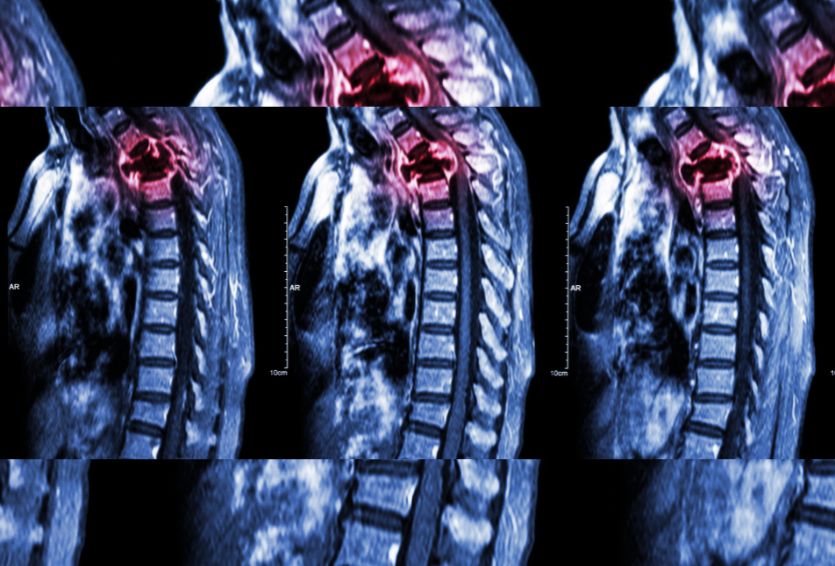
A spinal tumor is an abnormal growth that develops within or near the spinal cord, spinal canal...
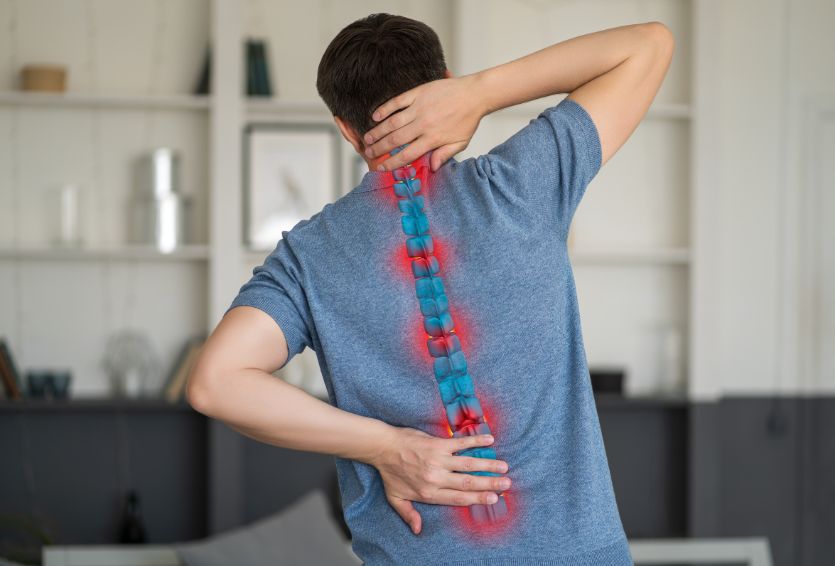
Most patients who undergo spine surgery experience relief from their pain and improved quality...
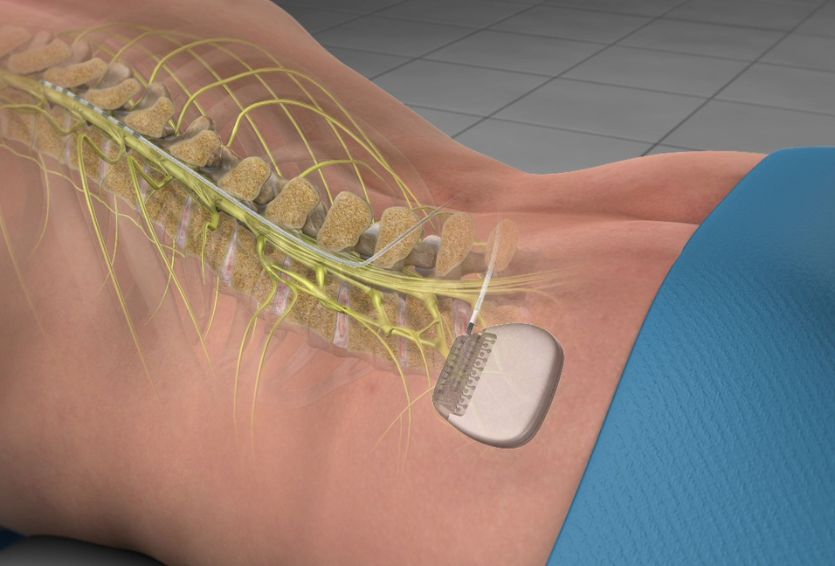
When the spine becomes unstable due to injury, degenerative disease, or surgery to correct...

When back or neck pain interferes with your daily life, spine surgery may become necessary...
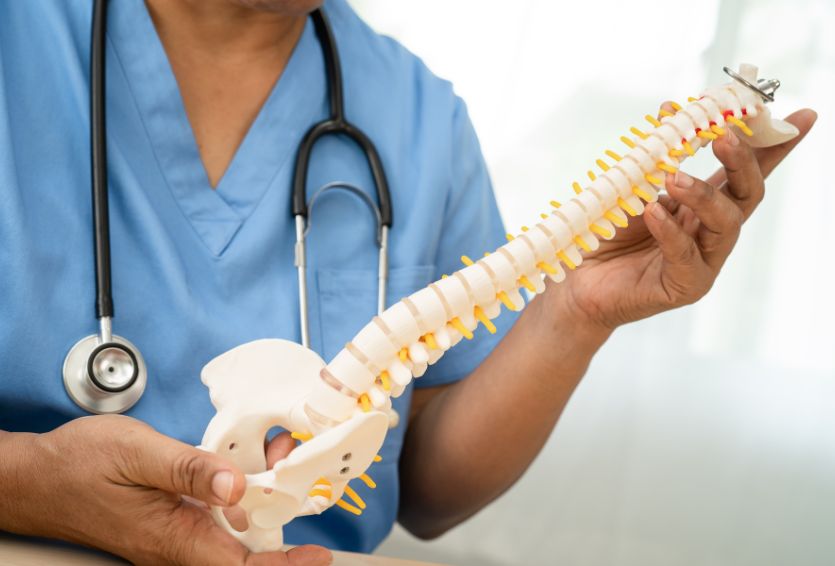
Your spinal cord is the main pathway for communication between your brain and the rest of...
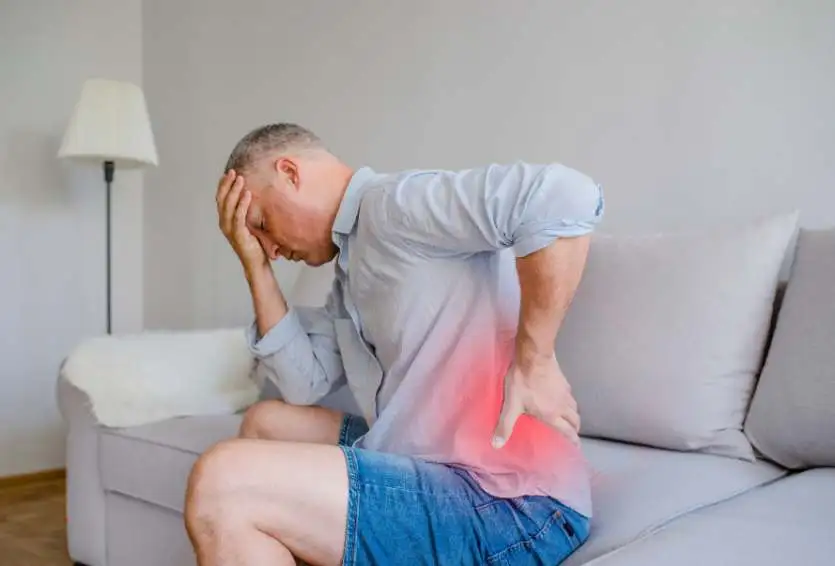
Spinal stenosis—a narrowing of the spaces within your spine—can cause pressure on the...
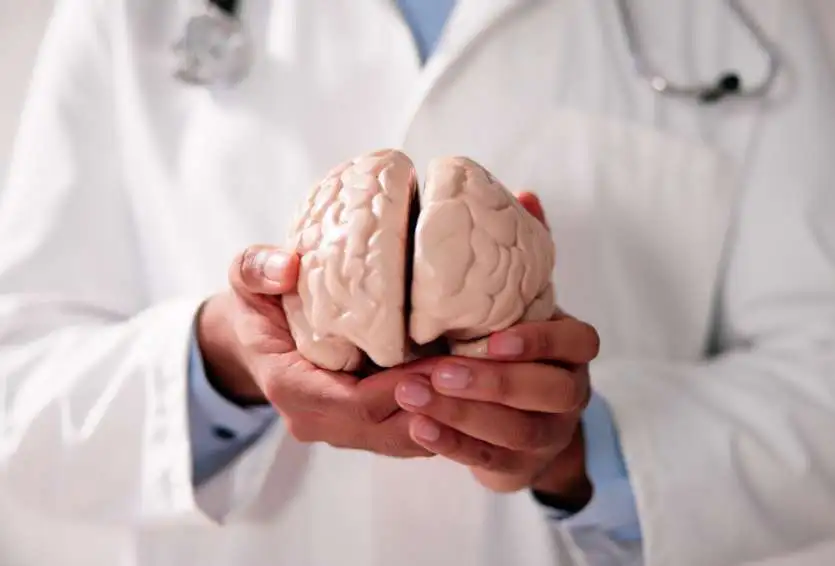
A stroke occurs when blood flow to a part of the brain is interrupted, either by a blockage...
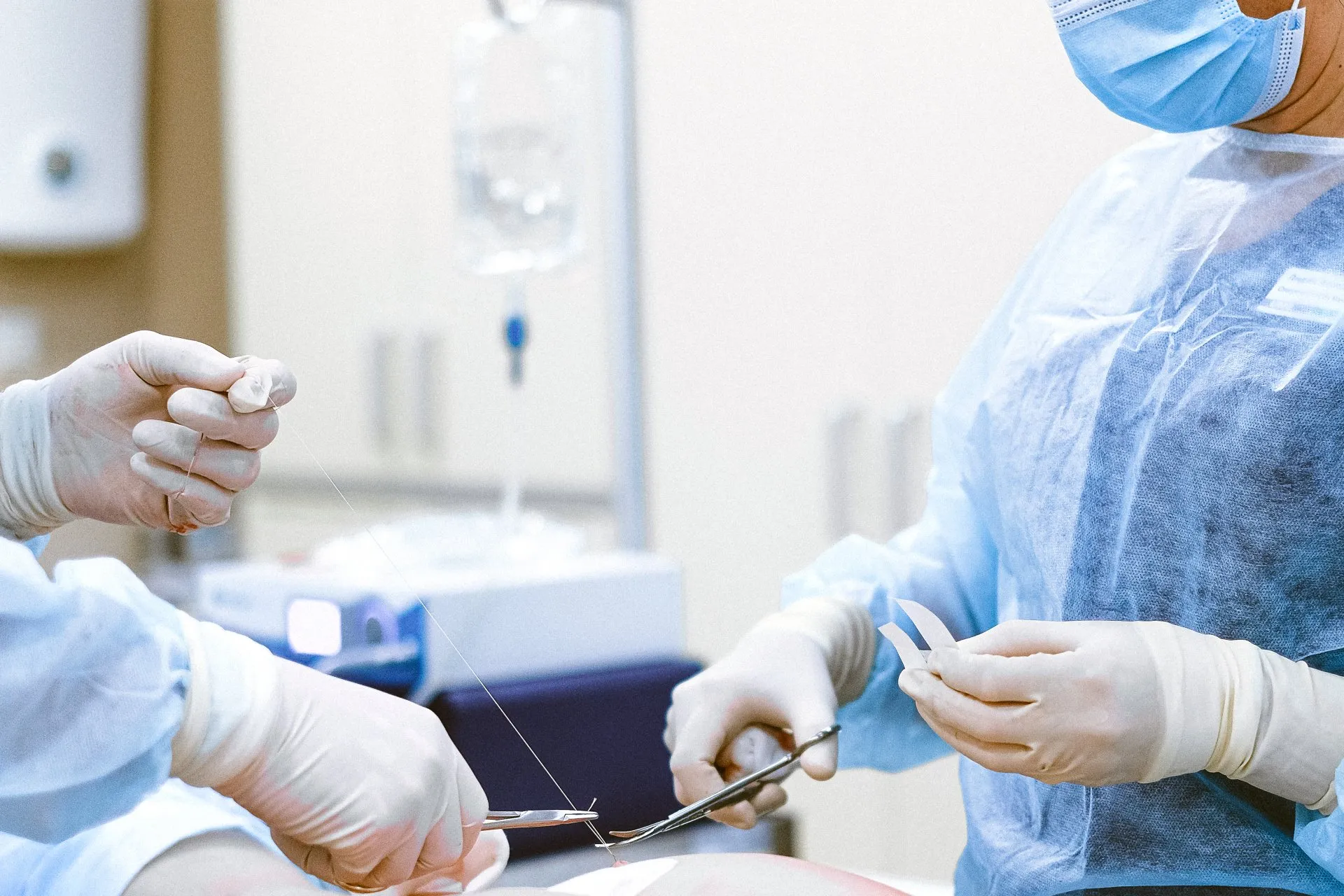
If you’re facing spine surgery, you’ve probably heard about minimally invasive techniques...

Brain tumors can be scary to think about, but catching them early can make a big difference...

Advances in technology have transformed spine surgery, making procedures safer and more...
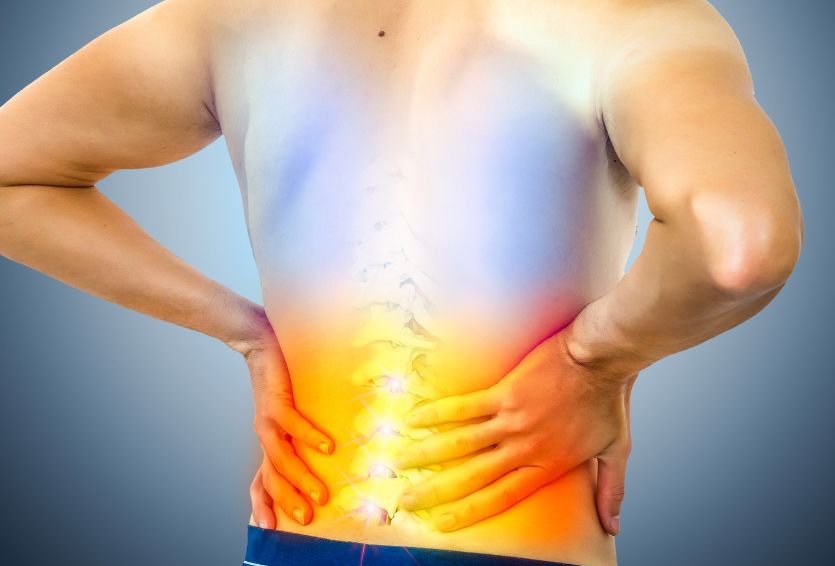
Chronic pain—especially in the back, legs, or arms—can be debilitating and difficult to...
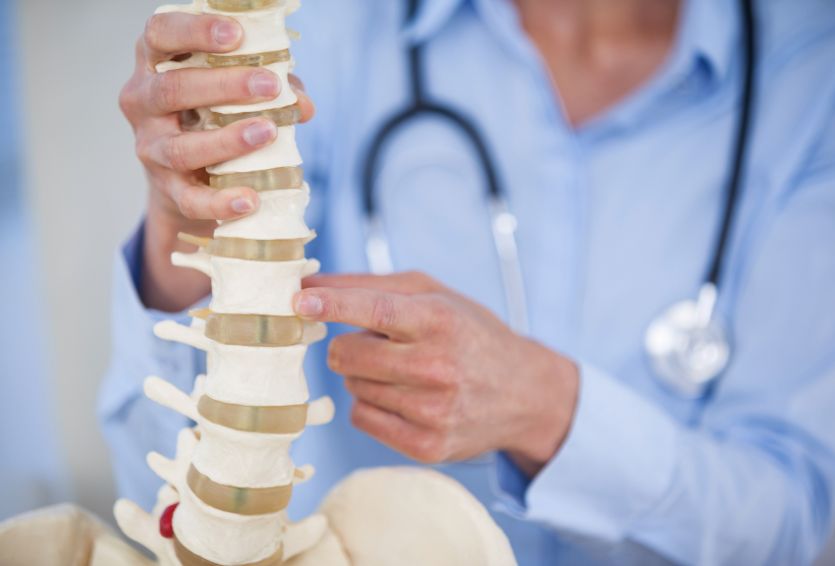
When dealing with spine conditions—whether it’s chronic back pain, herniated discs, spinal...

Discovering a brain aneurysm can be alarming. A brain aneurysm is a bulge or ballooning in...

Epilepsy affects millions of people worldwide, causing recurrent seizures that can disrupt...

For many people who suffer from migraines, weather changes are more than just an...
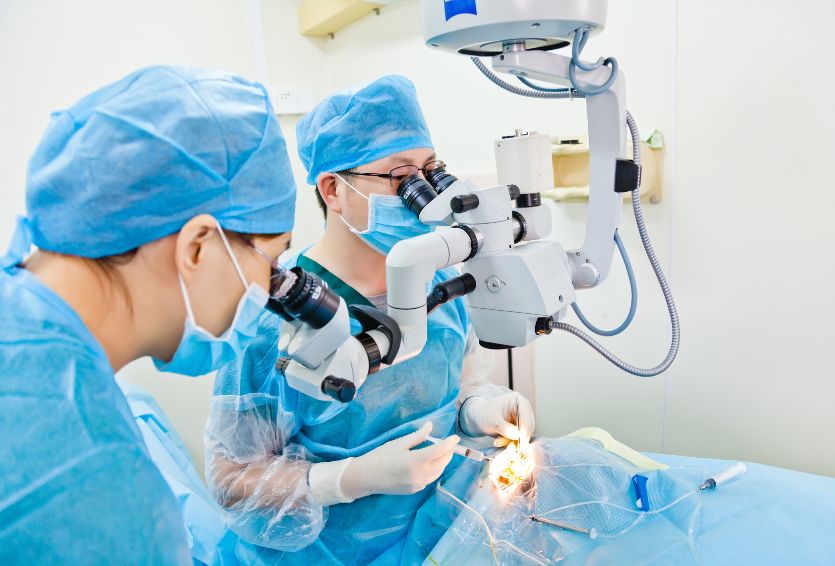
Facing a diagnosis that requires CyberKnife treatment can feel overwhelming. CyberKnife...

For athletes, spinal injuries can be physically and emotionally devastating. Whether it’s a...
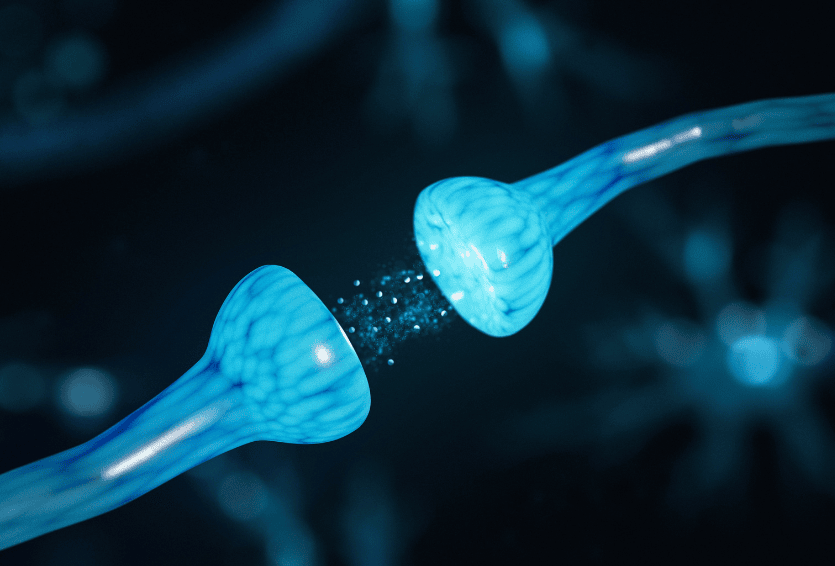
Migraines are far more than just bad headaches. They’re complex neurological events that can...

Most people think of sleep apnea as a condition that causes loud snoring and daytime...

Brain surgery may sound intimidating under any circumstances—but imagine being...

Multiple sclerosis (MS) is a chronic condition that affects the central nervous system, disrupting...

For active teenagers—especially those involved in contact sports—concussions are a...

Spinal fusion surgery is a significant step toward relieving chronic back pain and stabilizing the...

Neurodegenerative diseases like Alzheimer’s, Parkinson’s, and ALS can dramatically...

In recent years, Functional Magnetic Resonance Imaging (fMRI) has emerged as a powerful...

When chronic back pain or spinal conditions become debilitating and conservative treatments...

Chiari Malformation is a neurological condition where brain tissue extends into the spinal...

When a brain tumor is located near critical areas that control speech, motor skills, or other...
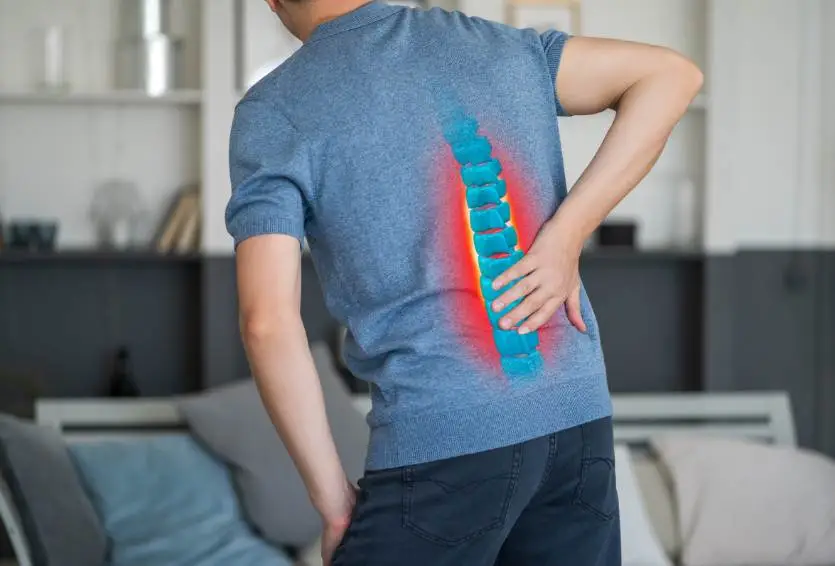
Chronic lower back pain can disrupt your life—from limiting your mobility to interfering with...

A spinal cord injury (SCI) can dramatically change the way a person moves, feels, and ...

Brain injuries can affect far more than physical health—they can disrupt memory, attention...

Every stroke survivor’s journey is unique—but what they all share is the need for focused...

Living with chronic pain can feel like fighting a battle you didn’t choose. When medications...
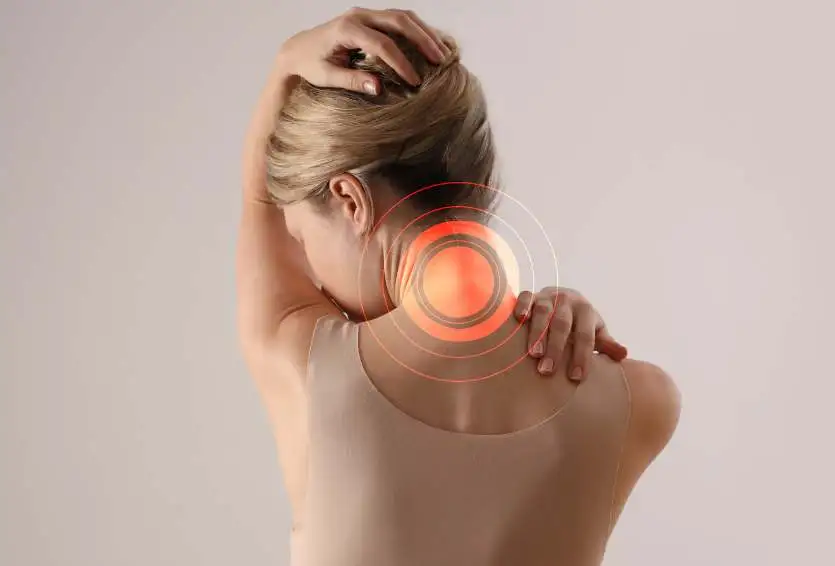
If you suffer from chronic back or neck pain, you know how much it can impact your...
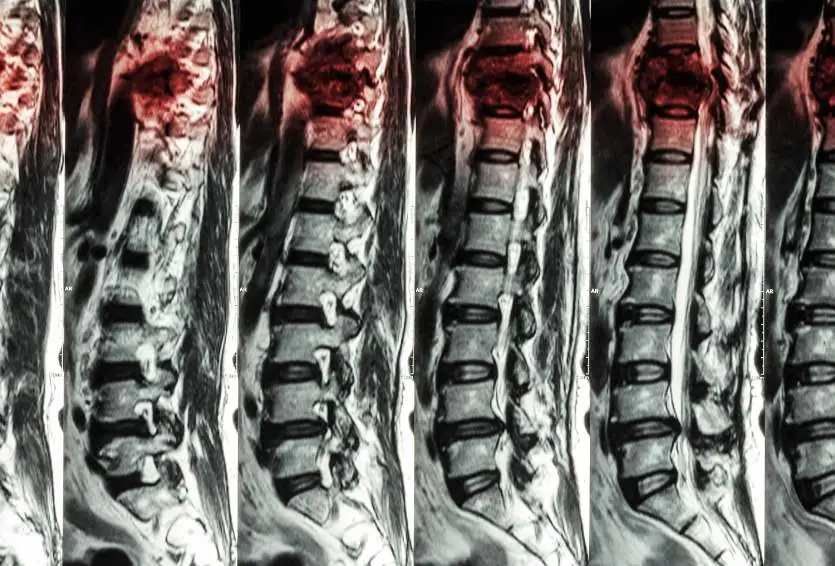
Osteoporosis is one of the most common causes of spinal compression fractures, particularly...
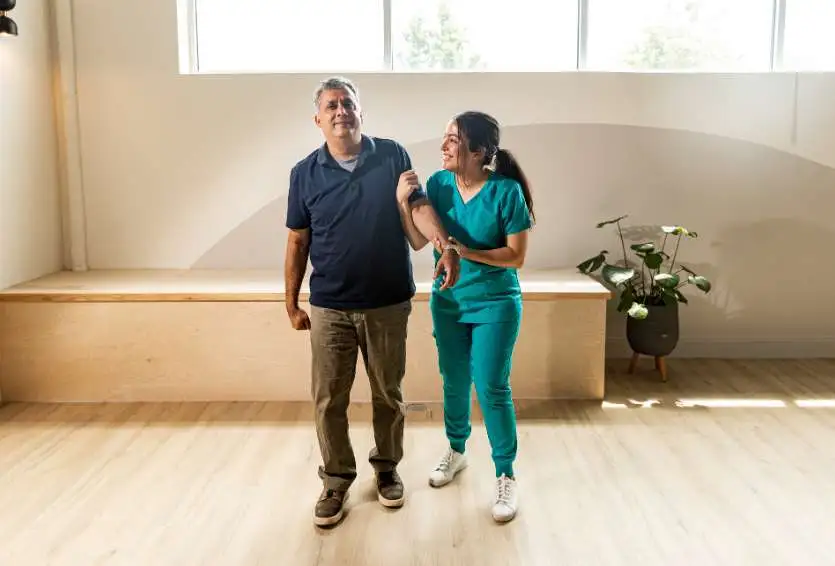
Spinal compression fractures—often caused by osteoporosis, trauma, or cancer—can lead...
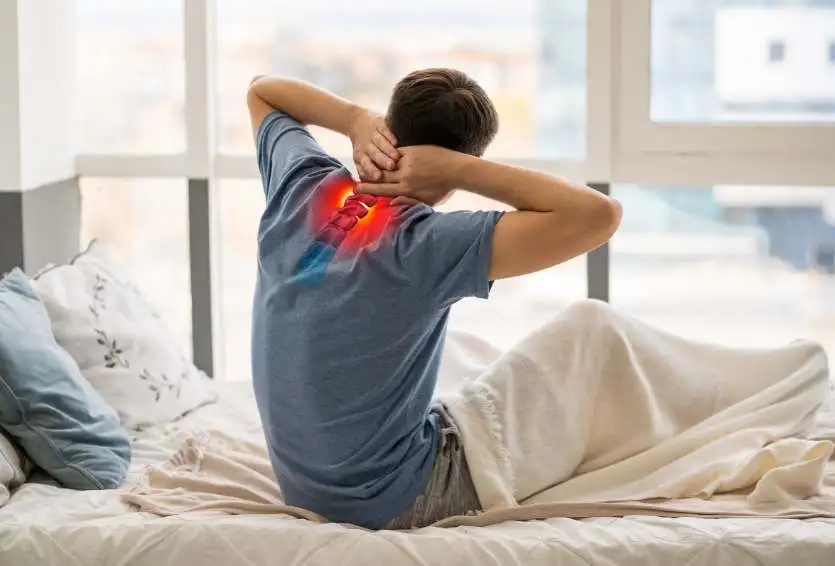
Neck pain, arm weakness, and tingling in the hands are often signs of cervical disc disease...

Chronic back or neck pain caused by spinal instability or degenerative conditions can have...

Chronic back pain, leg weakness, and numbness in the extremities can all stem from one...

A brain aneurysm is a potentially life-threatening condition that occurs when a weak spot in...
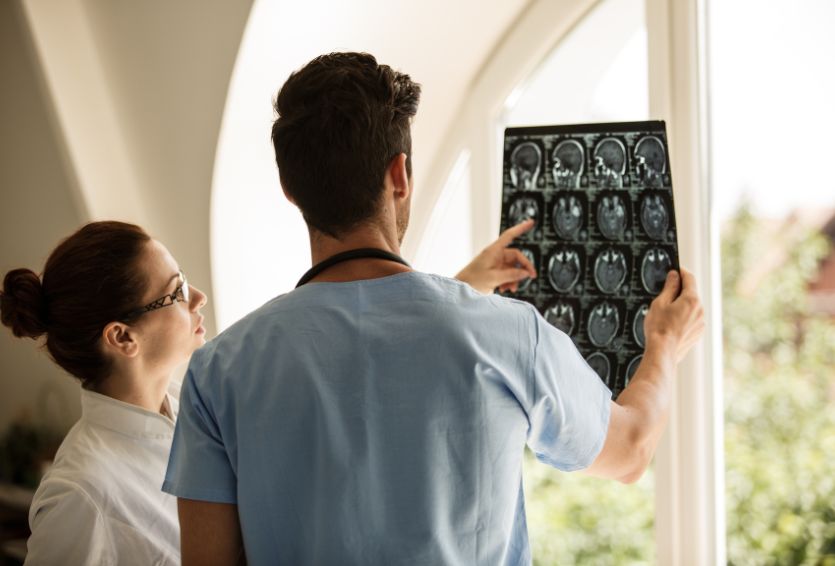
When it comes to treating brain tumors, surgery has traditionally been one of the primary ...
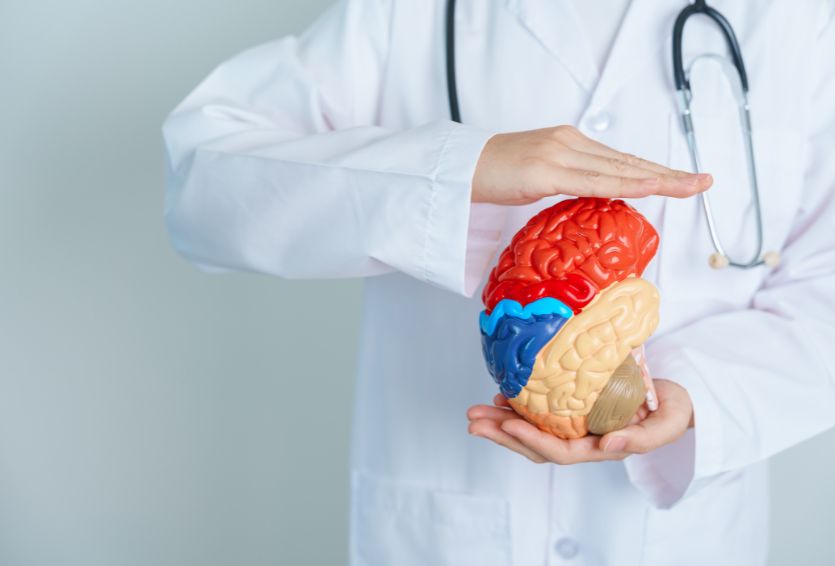
The diagnosis of a brain tumor can be overwhelming, but recent advancements in treatment...

A stroke can be a devastating event, but for patients at high risk, the possibility of preventing a...

When a stroke strikes, every second counts. The brain is incredibly sensitive to interrupted blood ...
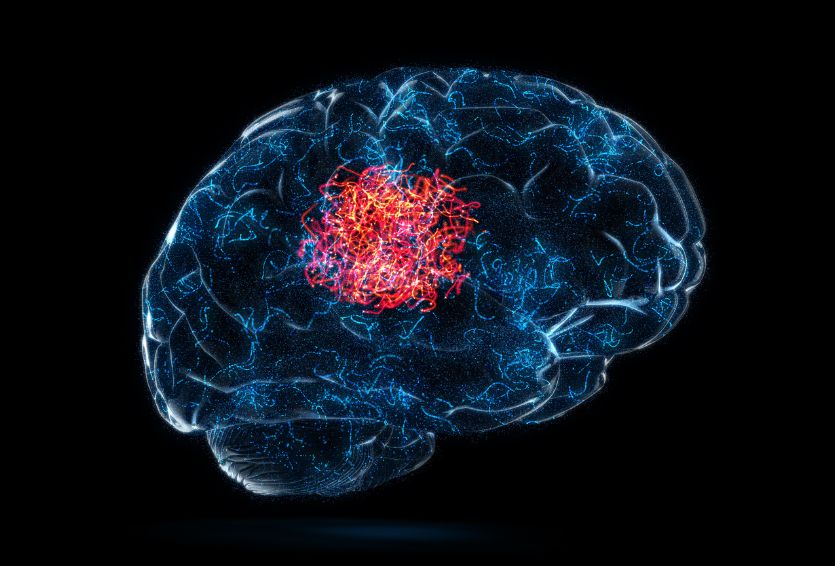
A brain tumor diagnosis can be overwhelming, and understanding the available treatment options...

Mid-back pain, also known as thoracic spine pain, can be a significant and debilitating issue...
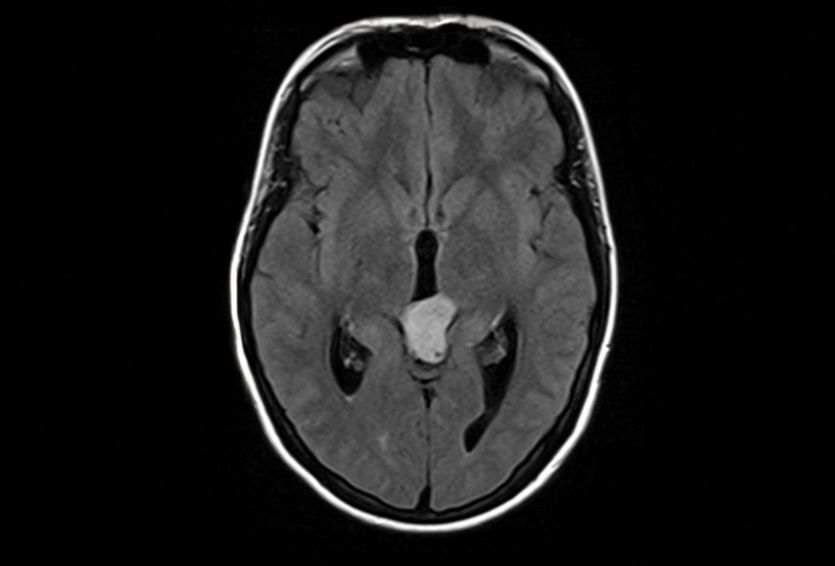
The pineal gland, a small, pea-sized structure located deep within the brain, plays an essential...

Cervical myelopathy is a serious condition that affects the spinal cord in the neck...

Brain metastases, which occur when cancer cells from other parts of the body spread to the brain, represent...
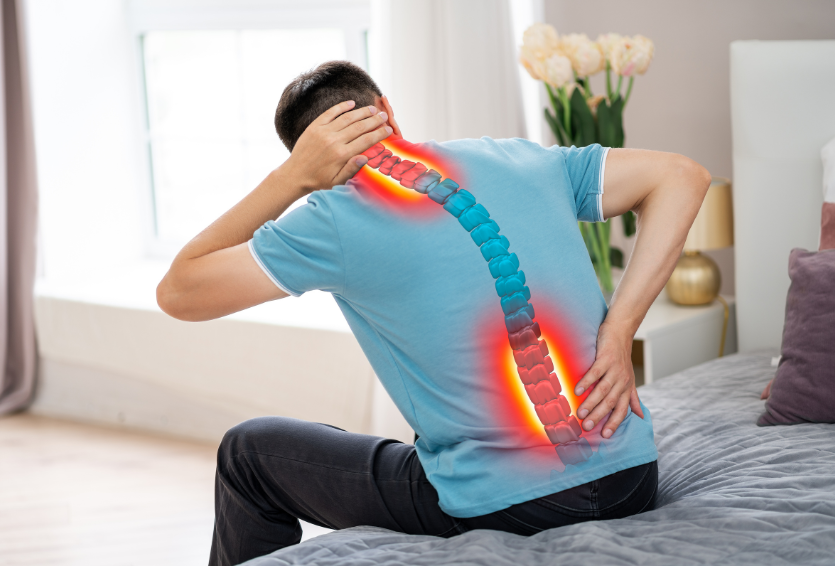
Undergoing spine surgery is a significant decision that can bring relief to individuals suffering...

Brain metastases occur when cancer cells from a primary tumor elsewhere in the body travel through the...

Brain aneurysms are abnormal bulges in blood vessels within the brain that can be life-threatening ...

Cavernous malformations (CMs), also known as cavernomas, are abnormal clusters of blood...

Chronic back pain is a common condition that affects millions of people, often leading to limited mobility...

A herniated disc occurs when the soft, gel-like center of a spinal disc pushes through a crack in its outer...

When dealing with degenerative disc disease or cervical spine conditions that cause...
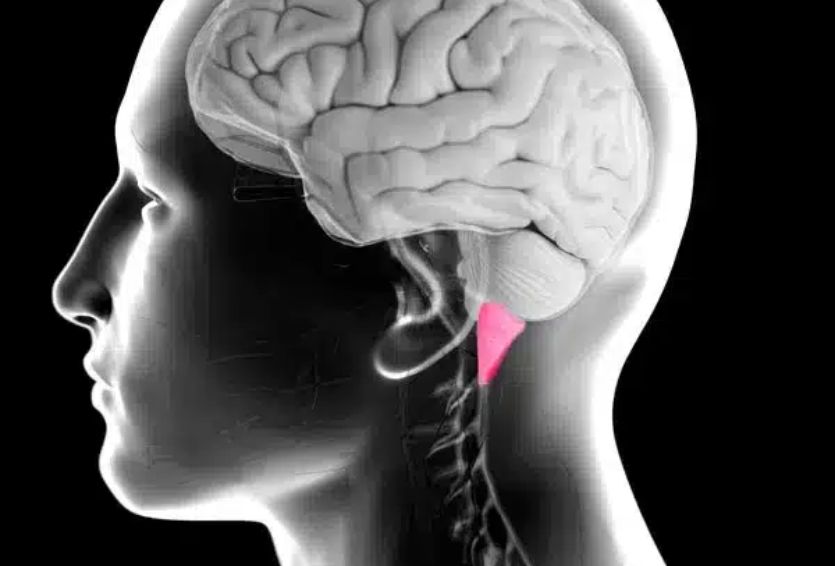
Chiari malformation is a structural defect in which brain tissue extends into the spinal...

Epilepsy is a neurological disorder characterized by recurrent seizures, which can...

Sciatica is a common condition characterized by pain that radiates along the sciatic...

Spine surgery, including laminectomy, is often performed to relieve pressure on the...
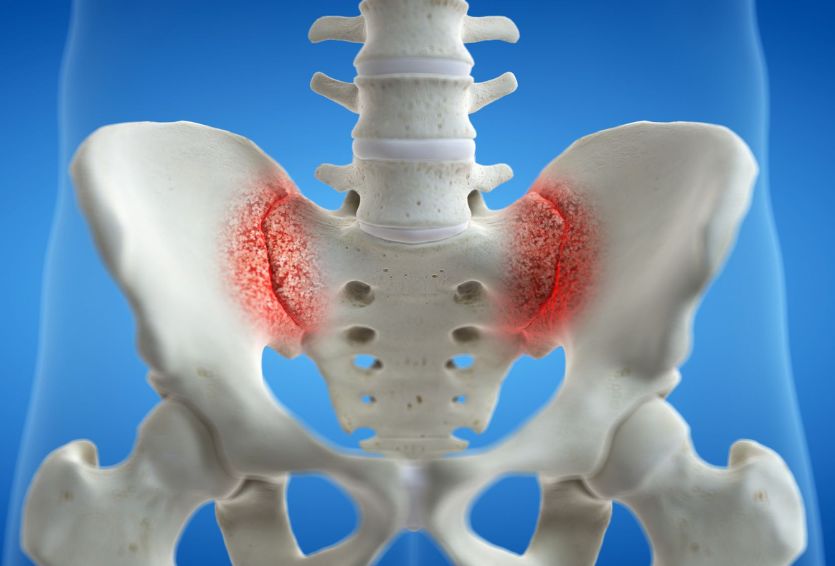
The sacroiliac (SI) joints play a crucial role in stabilizing the pelvis and absorbing...

Spinal stenosis, a condition characterized by the narrowing of the spinal canal, can lead ...

Chronic pain can have a profound impact on a person’s life, affecting both physical and...
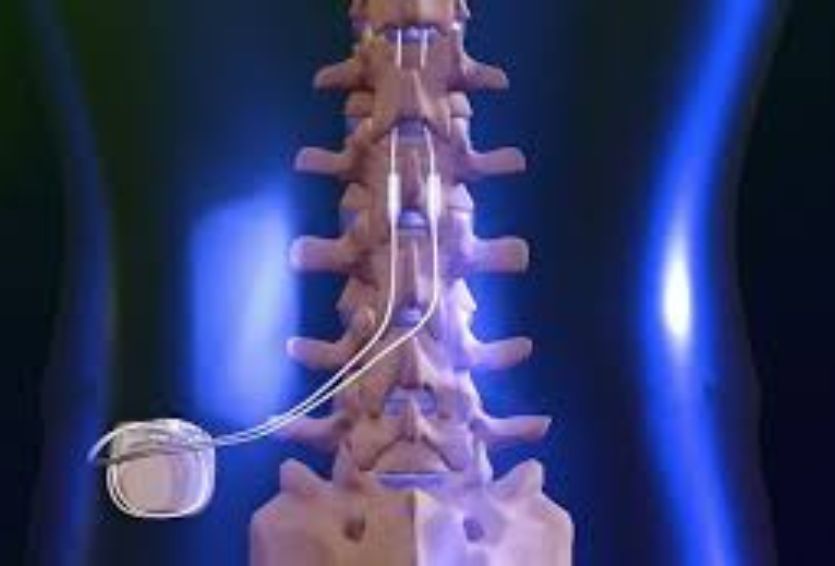
Spinal cord stimulation (SCS) has been a cornerstone in the management of chronic pain...

Glioblastoma multiforme (GBM) is one of the most aggressive and difficult-to-treat brain...

Carotid artery health is crucial for maintaining proper blood flow to the brain. When these...
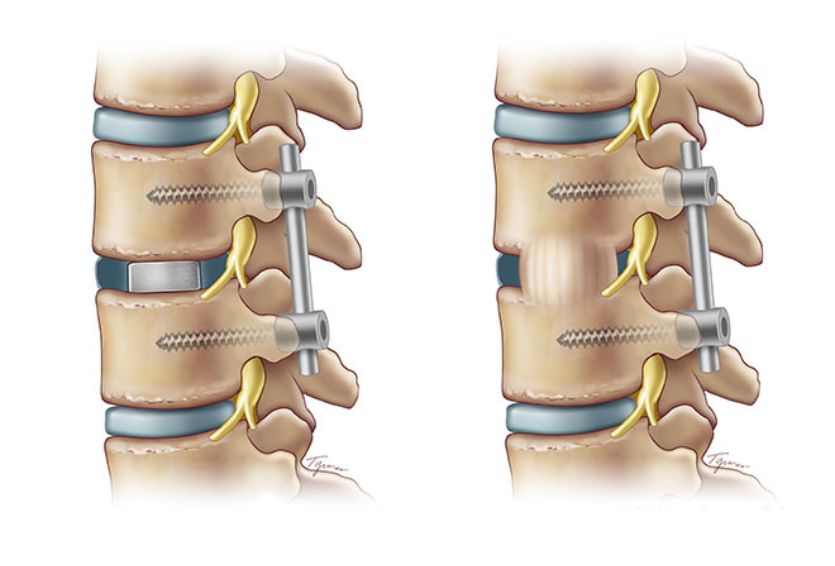
Lumbar Degenerative Disc Disease (DDD) is a condition in which the discs in the lower spine...
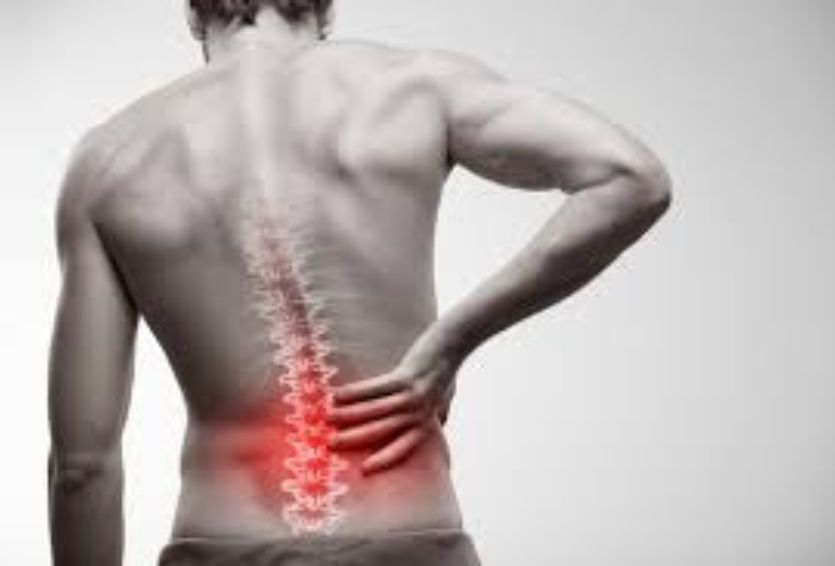
Lumbar Degenerative Disc Disease (DDD) is a condition that affects the discs in the lower back...

Spinal stenosis is a condition where the spaces within the spine narrow, putting pressure on the spinal...
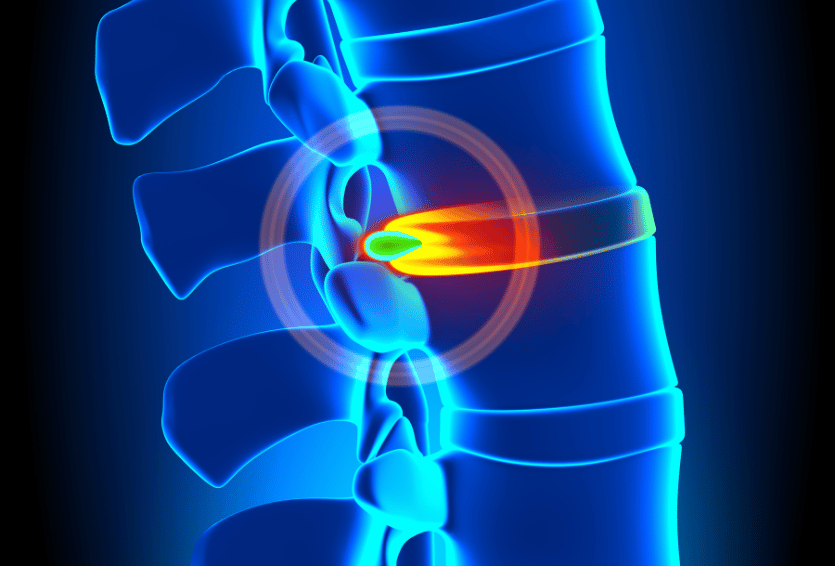
Lumbar Degenerative Disc Disease (DDD) is a condition that affects the discs in the lower back, leading to...

Spinal alignment and posture are closely linked, and maintaining proper alignment plays a critical role in supporting...

Athletes often push their bodies to the limit, which can put significant strain on both the brain and spine...

Good nutrition plays a vital role in maintaining the health of your brain and spine. Proper dietary...
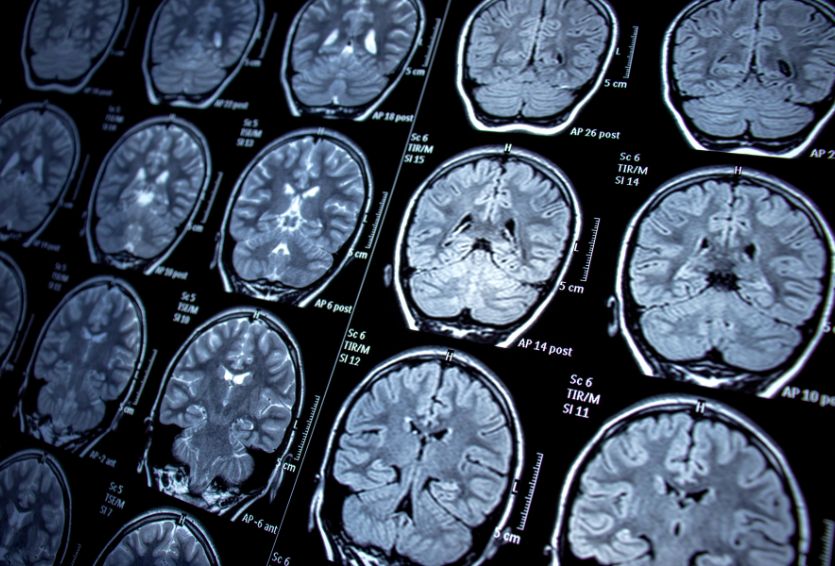
Epilepsy is a neurological disorder characterized by recurrent seizures that can significantly...
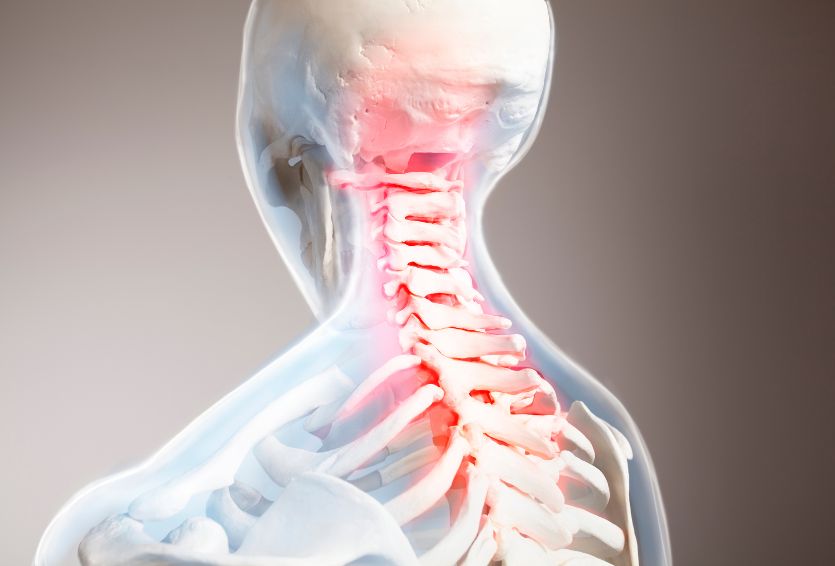
Cervical radiculopathy is a condition that occurs when a nerve in the neck is compressed or irritated...

The spine is a complex structure that supports much of the body’s weight and allows for movement and flexibility. However, when...
Pituitary tumors, though often benign, can lead to significant hormonal imbalances, vision...
Meningiomas are among the most common types of brain tumors, often...
Movement disorders such as Parkinson’s disease, essential tremor, and dystonia can...
Parkinson’s disease is a progressive neurological disorder that affects movement...
Pituitary tumors are classified into two main categories: functional and non-functional...
Pituitary tumors can significantly impact hormonal balance in the body, leading to a...
Posterior cervical fusion surgery is a procedure used to treat various conditions affecting...
Cavernous malformations (CMs) are vascular lesions in the brain that can lead to...
Craniopharyngioma is a rare type of brain tumor that typically develops near the pituitary gland, a crucial...
Neck pain can be a debilitating condition that affects daily activities and overall quality of life. While...
Whiplash is commonly associated with car accidents, but its...
When it comes to treating spinal disc problems, two common surgical options...
Work-related injuries can have significant consequences for both...
Neurovascular surgery is a specialized field focusing on the treatment of conditions...
Parkinson’s disease is a progressive neurological disorder that affects movement, balance, and...
Cervical disc replacement is an increasingly popular option for individuals...
Minimally invasive spine surgery (MISS) is designed to reduce recovery...
Chronic neck pain is a common complaint that affects millions of people...
Chronic pain affects millions of people worldwide, often leading to a diminished...
A stroke is a medical emergency that occurs when blood flow to a part of the brain is interrupted...
Parkinson’s disease (PD) is a progressive neurodegenerative disorder...
Pituitary tumors, despite often being benign, can cause significant health...
Brain tumors, whether benign or malignant, can profoundly affect a patient’s cognitive...
Hormones are often associated with reproductive health, mood swings, and metabolic functions, but their influence extends far beyond these...
Neurodegenerative diseases, such as Alzheimer’s, Parkinson’s, and Amyotrophic Lateral Sclerosis (ALS), represent some...
As we journey through life, the aging process brings numerous changes to our bodies...
Spinal degeneration is a common issue as we age, often manifesting as degenerative disc disease (DDD), where the intervertebral discs in the spine lose...
Balloon kyphoplasty is a minimally invasive surgical procedure designed to treat vertebral compression fractures, which are often...
Sacroiliac (SI) joint pain can be a significant source of discomfort, but understanding where it’s commonly...
Yes, bad posture can definitely cause back pain. Let’s break down how poor posture affects your back and what you...
Recovering from a herniated disc can be challenging, but knowing the signs that your disc is healing can help you feel more confident about your...
Back pain is one of the most common ailments affecting people worldwide, and its management has traditionally involved a range of...
The field of spine surgery has undergone a remarkable transformation in recent years...
Two popular modern alternatives to traditional spinal fusion...
Cavernous malformations, also known as cavernomas or cavernous angiomas, are abnormal clusters of dilated...
Moyamoya disease is a rare neurological condition that primarily affects the blood vessels in the brain. The name "moyamoya" comes from the...
A brain aneurysm, also known as a cerebral or intracranial aneurysm, is a weakened area in the wall of a blood vessel in the brain, resulting in a bulging or...
Lumbar epidural steroid injections (LESIs) have become a common treatment option for individuals experiencing low back pain and sciatica, offering...
Chronic pain, defined as pain persisting for three months or longer, can have a significant impact on physical and emotional health. Common conditions...
Experiencing a stroke can be a life-altering event that presents numerous challenges during the recovery process. However, with proper rehabilitation...
Sciatica is a common yet often misunderstood condition that can cause significant discomfort and disruption to daily life. Characterized by pain that...
In the modern digital age, where a large portion of our work involves sitting in front of a computer, spine health is very important, particularly....
Stroke, often referred to as a "brain attack," is a medical emergency that occurs when blood flow to the brain is interrupted, depriving brain cells of oxygen and nutrients....
Managing delayed soreness after accidents or injuries is crucial for your well-being and potential legal claims. Here are essential steps to...
Level 3 Pain Management is a specialized approach aimed at treating chronic pain that has not responded to conventional therapies. It involves a multidisciplinary team of healthcare...
Herniated discs are prevalent causes of low back pain and sciatica, affecting between 60% and 80% of individuals at some point in their lives. Chiropractic treatments and physical therapy can provide relief from pain and discomfort associated with...
Cervical disc replacement is a surgical procedure designed to address neck pain and restore mobility in individuals with damaged or degenerative cervical...
Believe it or not, the human body houses over 7 trillion nerves, collectively forming the intricate network known as the nervous system. Think of nerves
Bone fractures affect millions of Americans yearly, but strengthening your bones can reduce the risk of breaks and other injuries. Here are nine natural ways to improve
Persistent back pain is a prevalent ailment that can hinder daily activities and could be nearly incapacitating. It is important to address appropriately and manage this chronic
Did you know that 3.4 million people live with epilepsy in the United States? 50 million people are affected by epilepsy worldwide. If you or a loved one experiences some unusual cognitive
Headaches are a common ailment that many people experience at some point in their lives. In fact, about 96% of people experience a headache at least once in their life. Whether the
Chiari Malformation is a complex neurological condition that affects the area where the brain and the spinal cord meet, leading to a range of symptoms and complications that can
June is Cancer Survivor's Month, a time to honor and celebrate the millions of individuals who have faced cancer and are living proof of the progress made in cancer research and
The Covid-19 pandemic has affected millions of people worldwide, with symptoms ranging from mild to severe. One symptom that has emerged as a common complaint among those who have contracted the virus is Covid-1
A migraine causes a pulsing or throbbing pain in the head, usually on a particular side. In extreme cases, it can also result in nausea or vomiting. The person may also become too sensitive to light or sound. At times, migraines
Everyone has heard of Botox as Hollywood’s well-known secret- a miracle reversing aging signs. However, there’s more to Botox than simply erasing wrinkles and fine lines. In fact, in 2010, the FDA approved Botox as a treatment
Dementia is a health condition affecting more than 55 million people worldwide in 2022, and the numbers may drastically increase in the next 30 years. While it might not seem obvious until you start getting older, a decline in
Back pain is a common condition, and when it aggravates, the pain can make anyone's life difficult. Chronic back pain can also debilitate a patient. One of the treatments for such a condition is radiofrequency nerve ablation.
Brain tumors are the unnatural, uncontrolled growth of cells inside the brain. The signs and symptoms associated with brain tumors can range anywhere from headaches to coma.
Disc degeneration is considered a normal aging process. As individuals age, the intervertebral discs, shock absorbers for the spine, begin to lose form and strength.
When the blood supply to the brain is interrupted, there are chances of a stroke. Without an adequate blood supply, the brain cells don’t get enough oxygen to function properly.
GEA Brain Spine & Orthopedics are experts at treating a wide variety of back conditions, including sciatica. The doctors and specialists utilize state-of-the-art technology to deliver innovative and personalized care.
Chronic pain can creep up on you. A normal reaction to pain is to wait to see if it will go away or to try and manage it on your own.
Whether it’s long-lasting or a condition that flares up from time to time, it’s good to have a plan of action to help control your back pain.
Dr. Adam Lipson began performing a state-of-the-art procedure called Barricaid, which is intended to prevent disc reherniation from occurring.
troke is among the most devastating potential complications of COVID-19, but neurologist Charles Gellido, MD, says that people can take effective steps to reduce their risk
A life-threatening condition, aneurysms develop when a blood vessel in the brain weakens and bulges or balloons with blood. Knowing that she was at risk for hereditary brain aneurysms, Jackie Horowitz turned to IGEA Brain, Spine, Pain & Orthopedics.
Surgery was the most viable treatment plan for Orlando, who first underwent a cervical disc procedure in June 2017.
Long after their fever, cough, or other acute symptoms of COVID-19 have passed, some people experience lingering cognitive issues, such as difficulty concentrating or thinking clearly.
A serious fall and an ambulance ride to the emergency department hardly seem like an auspicious start to a new year, but for Carol Safner, a mishap at the very outset of 2020 proved life-saving.
The board-certified neurosurgeons of IGEA Brain, Spine, Pain & Orthopedics have extensive experience providing patients with education to allay that anxiety, as well as with minimally
Your pituitary gland is an organ located near the brain. Its job is to produce hormones that regulate organs throughout the body. When a tumor invades the pituitary gland, it can cause hormonal imbalances, resulting in diverse changes throughout the body.